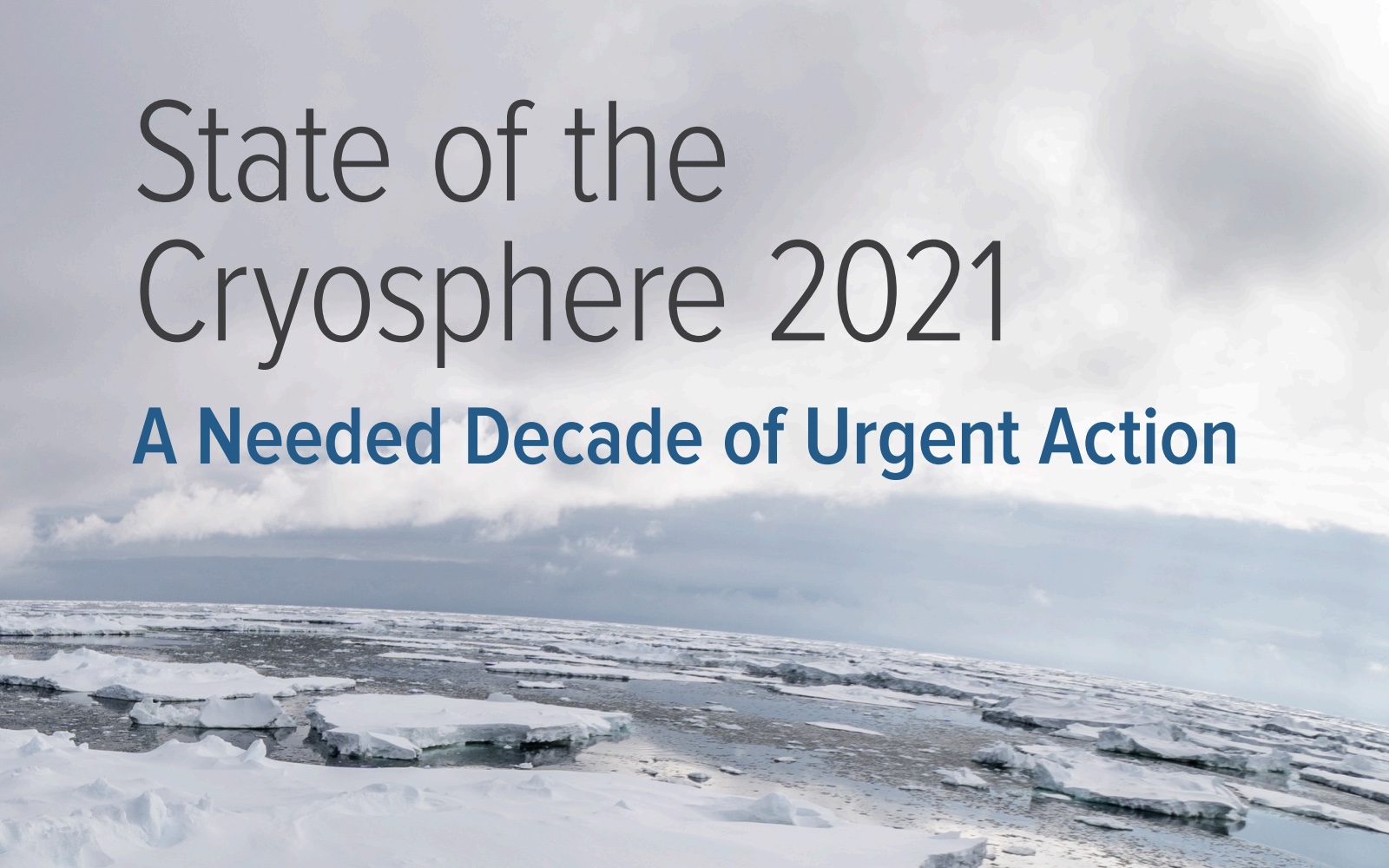Over the past three decades, research into the Cryosphere – Earth’s snow and ice regions, ranging from ice sheets, glaciers and permafrost, to sea ice and the polar oceans – has virtually exploded. Advanced satellites, deeper cores from polar ice and soils, and a better understanding of Earth’s past have made these advances possible. Cryosphere scientists are committed to research in these often barely accessible places – sometimes, at the cost of their lives – because of the rapid changes in these polar and mountain regions, long seen as an early signal of climate change. What has clearly emerged over the past 20 years is an understanding that:
- These cryosphere changes, if allowed to continue, will be permanent on all human timescales;
- Many, perhaps most of these essentially permanent changes would be triggered already by the 2°C maximum temperature rise in the Paris Agreement, but could be slowed or possibly averted if we remain close to the aspirational 1.5°C target; and
- The impacts, including loss and damage in human communities, are global and overwhelming in scale.
The last point is among the most important: these essentially permanent impacts, ones that will grow with each successive incremental rise in temperature, are no longer just of concern for Arctic and mountain peoples and ecosystems. If caused to occur by continued irresponsible CO2 emissions, the scale of loss and damage will be felt everywhere on the planet – all because of the irrefutable melting point of the Earth’s ice.
The State of the Cryosphere 2021 report will come out annually every year until 2030, summarizing our rapidly-evolving cryosphere science and outlining what the Earth gains if we meet the 1.5°C challenge; or, what we will lose should we continue with actions – in particular, use of fossil fuels – that cause temperatures to rise well above that.



